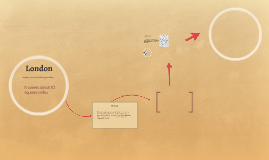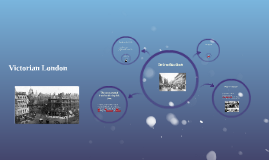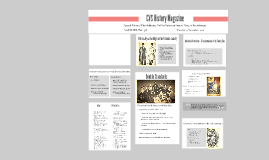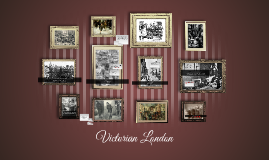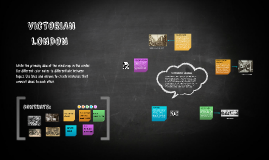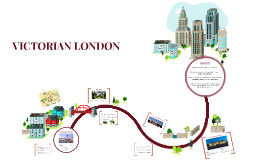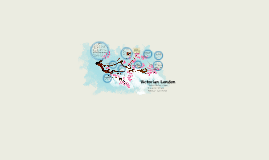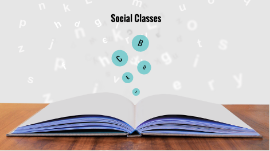Victorian London
Transcript: Limehouse was a wellknown slum in the East end and this is the place where Madame Chang`s opium den is. Limehouse was full of pubs and opium dens and it was here where a Chinese community had settled in the Victorian times. Sailors who had become addicted to opium abroad (China and India) mostly came to these dens- sailors such as Matthew Bedwell. The opium dens were mostly in London and other port cities as opium came on the ship cargoes at the docks. Opium dens were not stopped by the goverment beause the goverment were making huge profits out of it. Most opium dns were filthy and unhygienic. In the Victorian times, even the middle class commonly smoked opium! Children often were put to work by their families in order to earn money. Orphans and poor children under the age of 5 were often illegally used by employers: children were made to go down the coal mines and street urchins were picked up by people like Mrs Holland and forced to do child labour. Under Queen Victoria's reign, new laws were introduced which said that children over the age of 5 years had to attend school and that children uder a certain age could not work. When officials came to check, the employers lied about the child's age. Adelaide should be going to school and shouldn't be working without pay but is being exploited by Mrs Holland. Pickpockets CONTENTS: The slums and the poor class The middle class Victorian London was a dark, dangerous place, quite unlike the one we live in now. Crime rates were much more than there are now in terms of stealing, hygiene was less common among people especially the poor, and there was a lot of poverty. The `Ruby in the Smoke` is set in the Victorian times and gives us an image of what life was like in London at that time. In this presentation, I have researched topics which are relevant to things in the book which cover `Victorian London`. Write the primary idea of the mind map in the center. Use different color notes to differentiate between topics. Use lines and arrows to create branches that connect ideas to each other. VICTORIAN LONDON victorian london There was a lot of poverty in Victorian times especially in London. The most common area was The East End of London, which is where Holland's lodgings is situated. The slums were dirty places where hygiene did not exist and this is portrayed in the book by the description of Holland's Lodgings. The slums were full of criminals such as pick- pockets and there were many lodging houses. People of different nationalities lived there such as the Chinese and there were many drinking dens and opium dens there. Most poor people were unemployed and many had to do what they could to earn a living. Actresses and orange-sellers at the theatres were poor women who weren't respected. At that time, such jobs were considered disgusting and immoral as these women were no more than streetwalkers. Later on in the Victorian era, rich ladies and people started taking an interest in the poor and started charity work to help them. Drugs were common in the poor class and you could buy opium in the form of laudanum , and also cocaine from the chemists. Opium dens Financial district of london Child exploitation The rich mostly stayed out of the slums so there was a lot of criminal activity. People were poor so did anything to earn money and ften became pick pockets like Trembler and thieves like Ernie Blackett. There were even murderers like Mrs Holland but they were mostly men like Jack the Ripper who was a serial killer. As there weren't really much policemen about, things went on unnoticed. It was like there were 2 worlds in London. Criminals often knew each other and were allc onnected. Because of the way in which they lived, it was a tight knit community and everyone knew everything. The criminal networks Victorian slums in london In the book, there are many characters who come from middle class backgrounds such as Sally, Rosa and Fred. Previously, there were only 2 classes in society:the rich and the poor. In the Victorian times, the middle class were invented and they were quite well-off but not too rich. Middle class men were the head of the family and often went away on business abroad like Sally's father and were often head or in charge of big firms: Sally's father is in charge of `Lockhart and Selby Shipping Agents`. They often had shares in companies to make money as well. Middle class girls were taught things like sewing and Art and French. Sally is middle class but has an unusual upbringing: her mother dies when she is a year old leaving her father in charge of her. She is taught how to shoot and how to do business and account-keeping so she is quite different to a stereotypical middle class girl. Middle class sons would go to University however, Fred chooses not to and chooses photography instead. Rosa is an actress and has been thrown out by her parents because of this- actresses were not respectable and were the lowest of the low. They were often considered






